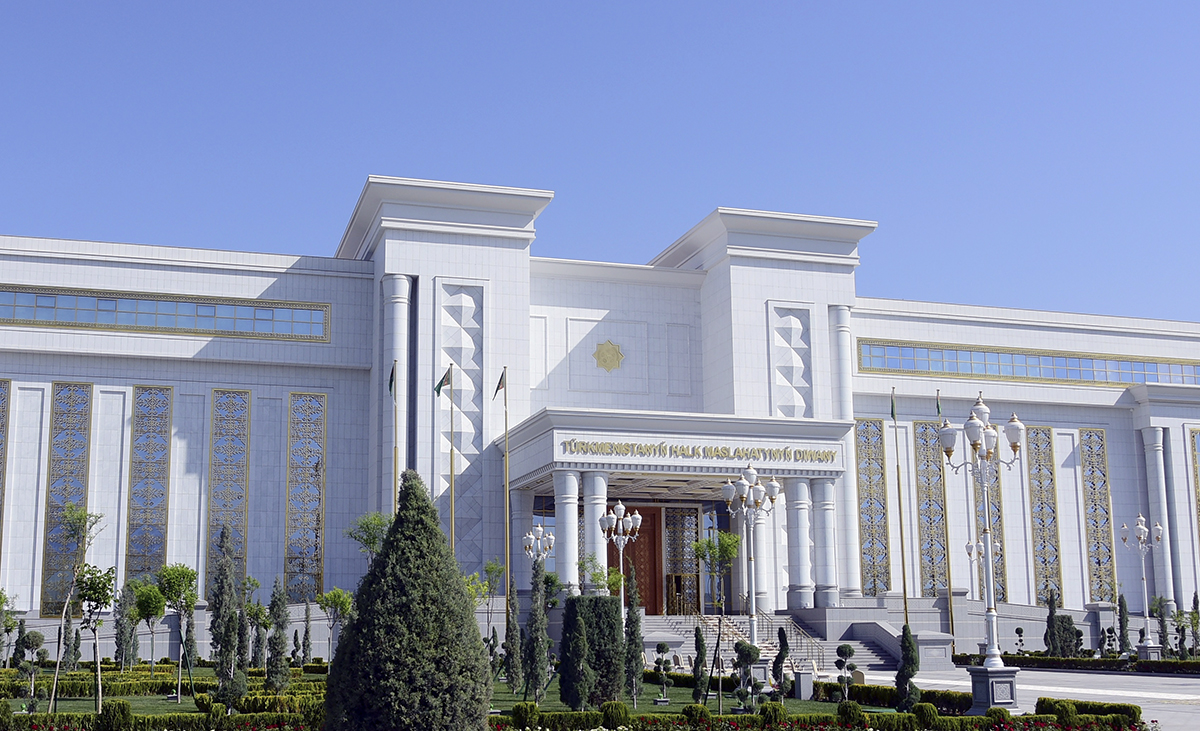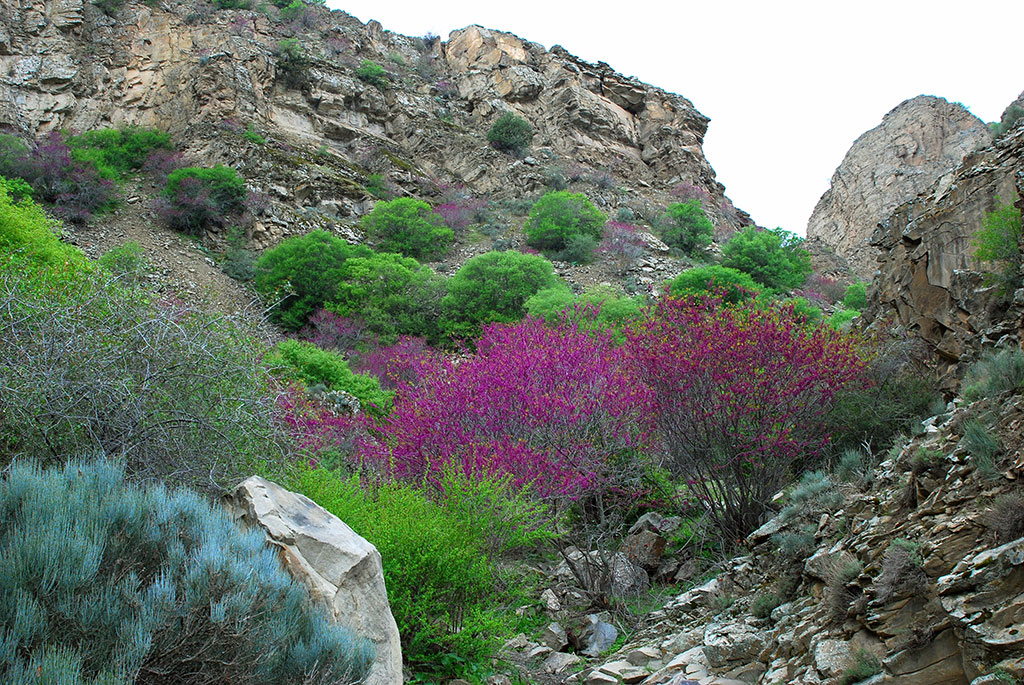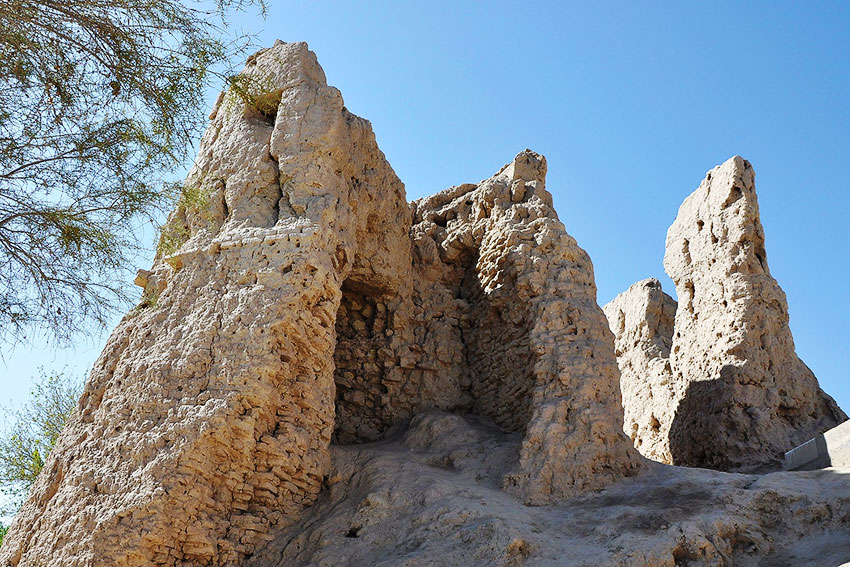Culture, history, everyday life of the East always attracted the attention of European artists, poets, writers and travelers. The first photographer, who imprinted the image of the most famous artifact - Sultan Sanjar Mausoleum and other monuments of Ancient Merv, became the French Pol Nadar Junior, who visited our land in 1890. His picture spread became the documental confirmation of huge significance of Merv region. Over thousands of photos became the result of trip of the European photographer, which combined his inquisitiveness and mastery. In 1891, it was published “Guide-book on trans-Caspian land and trans-Caspian railroad with illustrations of photographer Nadar” which about was informed in “Kaspiy” newspaper.

In 1890, well-known scientist, Professor Valentin Alexeyevich Joukowski visited Ancient Merv. He has graduated the faculty of eastern languages of St. Petersburg University and specialized in culture and history of Iran. Nevertheless, archeological research about Ancient Merv belongs to his pen. Here, he studied the antique monuments of architecture, accumulated the information about culture of the land, engaged in topographic activity, but mainly, he fixed it on photo. Obtained materials were put to analyses and comparison with data of the Russian and English geographers, historians and culture experts. The result of work of many years became the book “Ruins of Ancient Merv” published in 1894, which is of scientific value even today. In 1896, the Russian Imperial Archeological Community awarded V. Joukowski with gold medal for this work.
Scientist, artist, enlightener S.M. Prokudin-Gorski has done a lot for development of culture and art as a whole, paying at that great attention to wide promotion of materials on history of Turkmen people. At the beginning of XX century, his camera first imprinted Turkmenistan in color image. He started his trip from Charju, then his way run to Merv oasis, where it was made a lot of photos: “Bridge through Amyderya”, “Saline lands near exit from Charju”, “Sandy dunes between Charju and Repetek”, “Landscape of Repetek”. Approaching to Bairamali, he fixed on photo the outskirts of city, irrigation canals, Turkmen nomad tents, industrial facilities, shops of ginneries, their employees… Attention of Prokudin-Gorski was paid to the large structures – Soltan-bent dam and hydroelectric power station Gindikush. At present, 72 photos of Prokudin-Gorski over Turkmenistan, which were kept in excellent condition, are preserved in the National Library of Congress of the USA.

Samuel Dudin was not a specialist in the field of history or archeology; he was the artist, who subtly sensed folk art, its originality and beauty. He began to gather for museums the photo documents of architectural monuments, culture and everyday life of people of the Central Asia in order to preserve for descendants their historical uniqueness. Dudin fixed on photos major features of life of people of the Central Asia at the beginning of XX century. Most of them have been disappearing and in this way he preserved for science many ethnographic phenomena and facts. During a trip in 1901 to trans-Caspian oblast, the photographer visited Merv, where he collected the samples of articles of everyday life for collection and replenished it with rich photo facts.
In the last years, the photo documents of a century from the present time are actively used during restoration works. Owing to them, the masters revive the initial look of ancient structures and return the colors to decorative adornments and frescos. One can be confident that before us there is valuable chronicle of real history of native land. Exactly therefore, the issues of further study, preservation of such documents are considered in the context of major national scientific programs.

In 1890, well-known scientist, Professor Valentin Alexeyevich Joukowski visited Ancient Merv. He has graduated the faculty of eastern languages of St. Petersburg University and specialized in culture and history of Iran. Nevertheless, archeological research about Ancient Merv belongs to his pen. Here, he studied the antique monuments of architecture, accumulated the information about culture of the land, engaged in topographic activity, but mainly, he fixed it on photo. Obtained materials were put to analyses and comparison with data of the Russian and English geographers, historians and culture experts. The result of work of many years became the book “Ruins of Ancient Merv” published in 1894, which is of scientific value even today. In 1896, the Russian Imperial Archeological Community awarded V. Joukowski with gold medal for this work.
Scientist, artist, enlightener S.M. Prokudin-Gorski has done a lot for development of culture and art as a whole, paying at that great attention to wide promotion of materials on history of Turkmen people. At the beginning of XX century, his camera first imprinted Turkmenistan in color image. He started his trip from Charju, then his way run to Merv oasis, where it was made a lot of photos: “Bridge through Amyderya”, “Saline lands near exit from Charju”, “Sandy dunes between Charju and Repetek”, “Landscape of Repetek”. Approaching to Bairamali, he fixed on photo the outskirts of city, irrigation canals, Turkmen nomad tents, industrial facilities, shops of ginneries, their employees… Attention of Prokudin-Gorski was paid to the large structures – Soltan-bent dam and hydroelectric power station Gindikush. At present, 72 photos of Prokudin-Gorski over Turkmenistan, which were kept in excellent condition, are preserved in the National Library of Congress of the USA.

Samuel Dudin was not a specialist in the field of history or archeology; he was the artist, who subtly sensed folk art, its originality and beauty. He began to gather for museums the photo documents of architectural monuments, culture and everyday life of people of the Central Asia in order to preserve for descendants their historical uniqueness. Dudin fixed on photos major features of life of people of the Central Asia at the beginning of XX century. Most of them have been disappearing and in this way he preserved for science many ethnographic phenomena and facts. During a trip in 1901 to trans-Caspian oblast, the photographer visited Merv, where he collected the samples of articles of everyday life for collection and replenished it with rich photo facts.
In the last years, the photo documents of a century from the present time are actively used during restoration works. Owing to them, the masters revive the initial look of ancient structures and return the colors to decorative adornments and frescos. One can be confident that before us there is valuable chronicle of real history of native land. Exactly therefore, the issues of further study, preservation of such documents are considered in the context of major national scientific programs.






